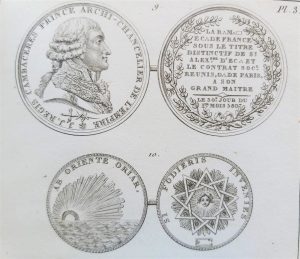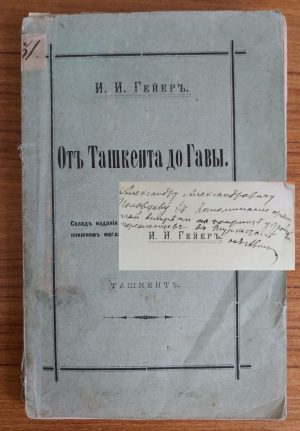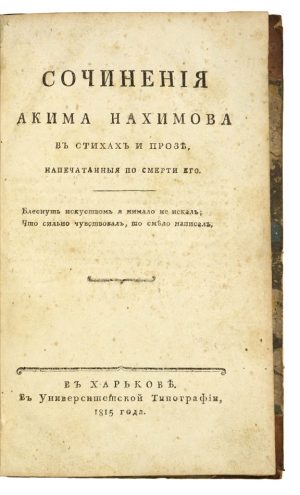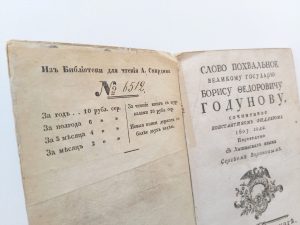Our Notes & References
The first edition of this important illustrated history of the largest French Masonic organisation and the oldest on the Continent.
‘Most valuable’ (‘Enc. of Freemasonry’) and ‘très rare’ (‘Bib. Esoterica’): we were indeed unable to trace any example at auction in recent decades. There seem to be eleven examples in public institutions, including three in France (BnF and two copies in the Library of the Grand Orient) and three in the US (Cornell, Princeton, Stanford). A facsimile was published in 1992.
The first work of the kind printed in France, it is divided into three parts. The first discusses the history of French Masonry since the 14th century, its English and German roots, its 18th-century diffusion in France through the Grand Lodge of France established by exiled English Jacobites in 1725, its transformation into a separate entity in 1773, and its operations to 1799. The second part reproduces a selection of important documents (in several languages) for the history of French Masonry. These include statutes and minutes, documents on specific lodges and sects (in Europe and China), programmatic plans for the diffusion of Masonry (e.g., in America), and edicts issued by governments and the Inquisition against secret societies. There are also a list of all active lodges c.1799, diagrams of the Masonic structure, and references to historical rites. The third part deals with Masonic women lodges – e.g., the Mopses in Germany, and the Chevaliers and Chevalières de Bouchon in France – inspired by French Masonry. Of each is proposed the known history, admission policy and main rites.
An engraved illustration reproduces the Rite of Adoption (to which a section is dedicated) of the Loge Belle et Bonne, whilst four plates illustrate engraved Masonic medals (e.g., one showing George Washington).
C.-A. Thory (1759-1827) was Librarian at the Grand Lodge, and the author of numerous important works on the history of Freemasonry based on sound archival documentation. In the preface, he describes himself as perfectly acquainted with Masonic rites, and says ‘the author’ only revealed secret aspects which had become more historical than practical (to the chagrin of Brothers advocating total secrecy), whilst not mentioning others still in use and the explanation of their symbolism. He generally praised the Grand Orient for its philanthropic and charitable activities.
With Masonic provenance: ink stamps to half-title and title of the Loge des Vertus Réunies (in Vitry le François, France) and Le Brun (architect, Lunéville, Meurthe). J.-F. Le Brun was active in the second half the 19th c. near Nancy, France. He was the author of works on local geology, fossils and prehistorical findings. His expertise was applied to assess the bounty of the territory for the construction of the Saint-Dié-Lunéville railway. Le Brun was probably also a member of the Loge des Vertus Réunies of nearby Vitry-le-François, a short-lived provincial Masonic lodge established in the Second Empire and disbanded just before the Franco-Prussian war. ‘The Second Empire is a period […] in which Masonic history starts during the last two decades to exit the mould in which it had been framed by historiography. […] between 1851 and 1870, the institution advanced towards laity and democratisation (both political and social)’ (Hazareesingh, 2).
Interestingly Le Brun added a long manuscript note on Thory’s work (“plein de renseignements précieux […] un excellent recueil”) and his library, which had many masonic documents and was sold after his death: “Les Anglais et les Américains ont presque acheté le tout”. Le Brun wrote “par Thory” under the half-title.
Bibliography
Caillet 8125; Dorbon-Ainée, Bib. Esoterica, I, 4854: ‘Ouvrage très rare’ ; S. Hazareesingh, ‘Le Grand Orient de France’, in Franc-Maçonnerie et Histoire (2003), 243-56.
Physical Description
Octavo (20.8 x 13.5 cm). Half-title, viii incl. title, 471 pp., 3 fold-out tables and 5 plates (out of 4, pl. 4 in duplicate).
Binding
Contemporary tree calf, flat spine decorated in gilt, red morocco label lettered in gilt, gilt roll to covers, blue marbled endpapers.
Condition
Binding rubbed, more at extremities with cornners bumped, head of spine chipped and hinges starting to split; very minor staining to text, minor markings in pencil and ink, longer note to verso of half-title (see our Notes), minor paper faults.





















